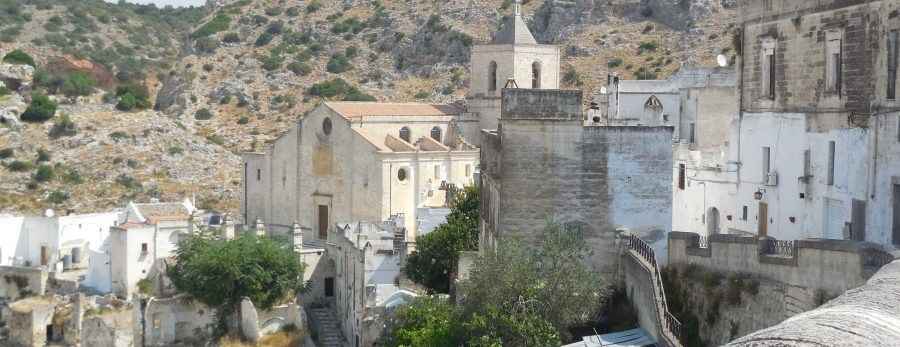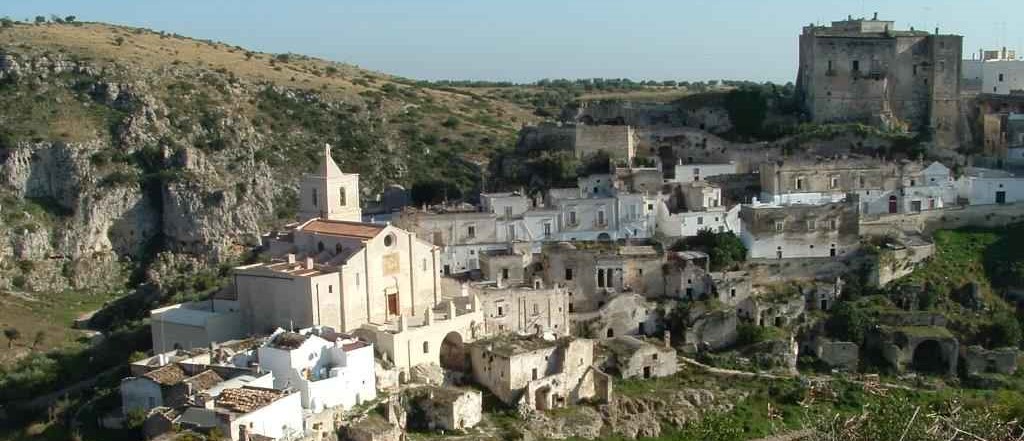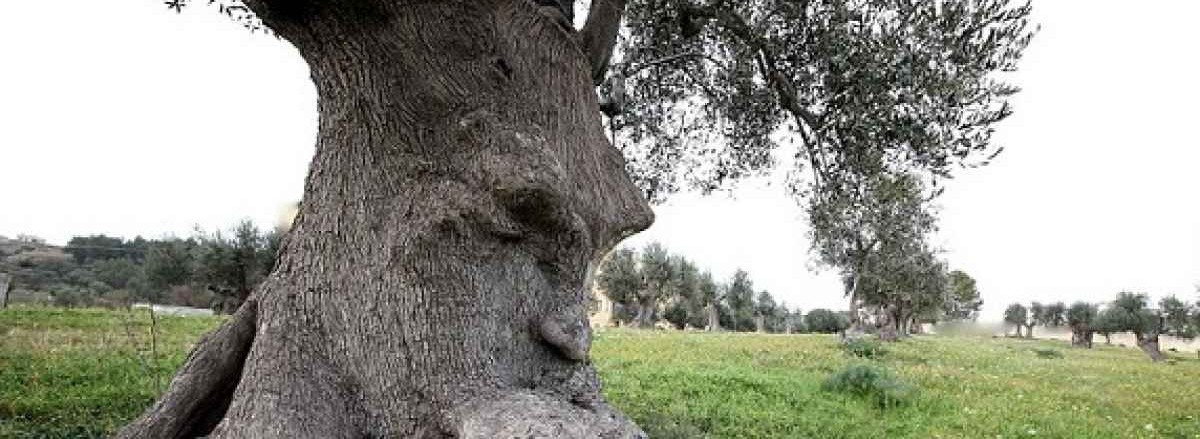




In the ravine close to the inhabited center, a landscape of extraordinary charm still preserves primitive settlements dug into the soft tuff rock. The farmhouse developed as a rock settlement dug into the tuff caves and still today you can admire the traces in the suggestive wall decorations.
To the south of the inhabited area, on the western side of the ravine, the village of the Rivolta, inhabited until the late Middle Ages, is a set of cave houses entirely carved out of the rock and arranged on five overlapping floors. It is a complex urban system in cliff characterized by numerous hypogean environments, cisterns, streets, stairways and more jazzi and hanging gardens. Some of the primitive houses also retain niches, rings, mangers and drinking troughs.
The opposite side was reserved for worship, as evidenced by the settlements of Santa Sofia and Santa Barbara, this dating back to the thirteenth century and characterized by a vestibule and traces of frescoes on the walls. Among the places of worship there are also the churches of San Bartolomeo, Mater Domini, San Marco, San Vito Vecchio, San Pietro, San Felice, San Giovanni da Matera and the crypt of Eliseo.
The mother church of Ginosa, with the local tuff facade and the high bell tower, is one with the natural landscape in the shadow of the ravine.
The matrix church of Ginosa, built in the sixteenth century to pay homage to the Madonna del Rosario, is located at the foot of the ravine, surrounded by traditional houses and entirely made of local tuff, so much so as to appear to be part of the vegetation.
The churchyard has a scenographic view overlooking the ravine. Of the two entrances, the main one is preceded by five steps, between lateral columns ending with capitals adorned with angel heads. The profile of the bell tower stands out, surmounted by a pyramidal tower with a lantern.
Inside, the church has three naves, divided by two pillars and crossed by round and pointed arches. The central nave is covered by a barrel vault and ends with the presbytery which houses the main altar, the choir inside and the organ at half height. The fresco of San Martino is the work of Saverio Ierace.
The majestic Norman castle, the city's ancient defensive fortress dominates the historic center of Ginosa.
Perched on the cliff overlooking the rock villages of Rivolta and Casale, the Norman castle of Ginosa, built by Riccardo d’Altavilla, dominates the old city, retaining the original strategic position chosen to prevent attacks by the Saracens.
Enlarged and transformed into an elegant palace in the 15th century, the majestic fortress is connected to the main street of the city through a four-arched bridge built on a large moat. Inside, the castle has preserved all the characteristics of a noble residence, while the basements, with a network of caves and caves, ancient prisons of the fort.
About 4 kilometers from the urban center of Ginosa, there is the Archaeological Park of Santa Maria Dattoli, an important site rich in history, multi-layered, which emerged only recently, during the excavation campaigns carried out between 2006 and 2008. There are two nuclei main of the park, of which the main is around the medieval church of the same name, home of the Benedictine monks, who endowed it with a splendid fresco in the XII century, depicting the Christ Pantocrator. Next to the building of worship, we find the apse of the early Christian church, dating back to the fourth century after Christ, and the antiquarium, where the finds found during the excavation are kept. The second nucleus consists of the excavation area where in 2008 a Roman nymphaeum, dating back to the second century BC and connected to a contemporary Roman aqueduct, was brought to light.
